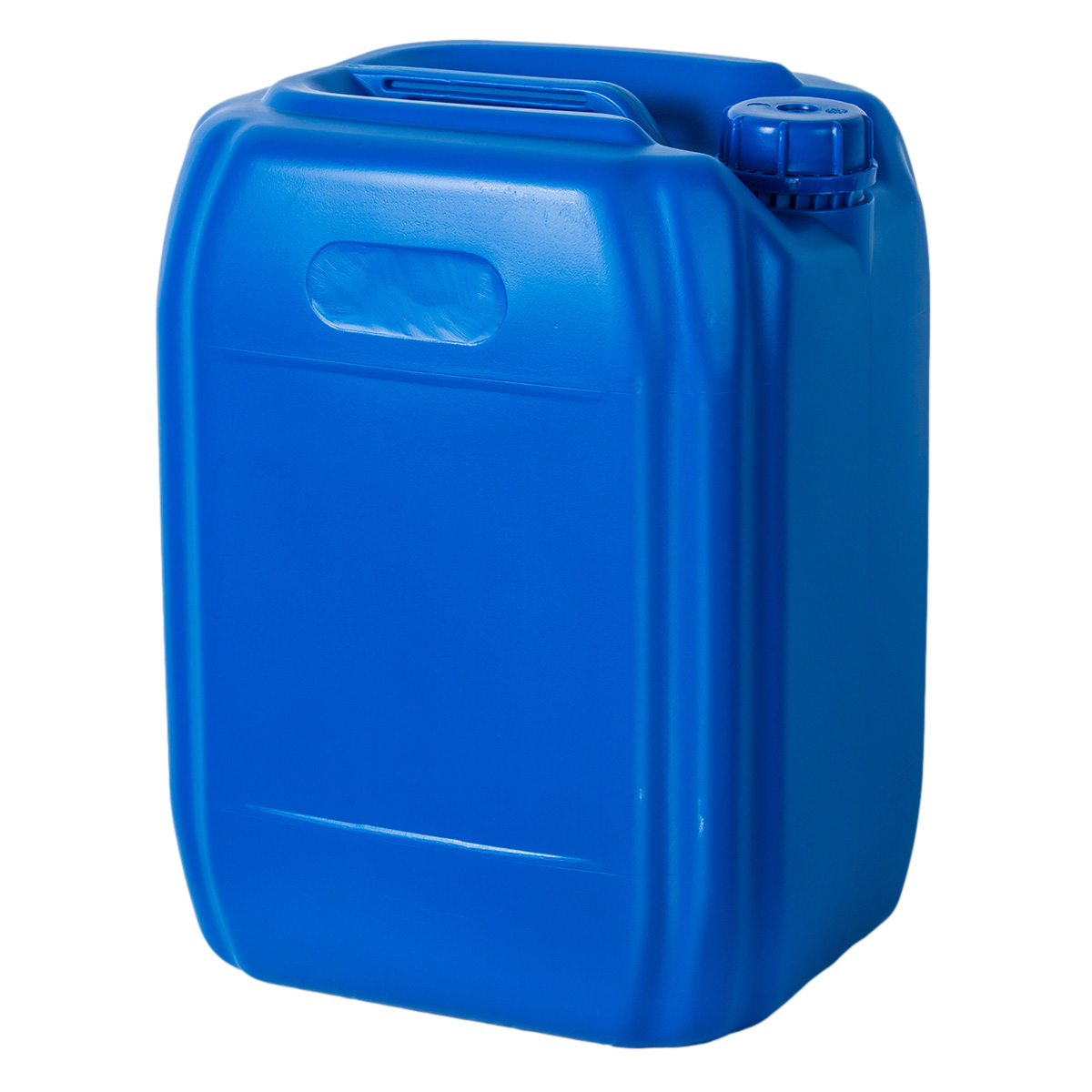Blog
Foshan Nanhai Changjin Plastic Cans Co., Ltd. (www.cjslzg.com), founded in 2006, is a large private enterprise specializing in the production of IBC ton barrels, IBC container barrels, plastic packaging cans, plastic barrels and chemical barrels. Customized products and services for customers. Our products have been well received by customers since they were launched on the market.
Chemical Drum: Practical Knowledge of Chemical Drums
Chemical drumThey are mostly made of plastic, commonly known as plastic chemical drums. They are developed using scientific formulas and blow molding, available in various colors with an elegant appearance. They meet packaging standards in terms of acid and alkali resistance, corrosion resistance, leak-proof, non-fading, and non-deforming. They are currently an ideal choice for long-distance transportation of chemical product packaging materials.
1.Chemical drumWhat are the applications and characteristics of blow molding molds?
It can replace containers made of metals such as stainless steel and titanium over a considerable range, making it an ideal corrosion-resistant chemical liquid storage and transportation equipment that is cost-effective. The product is widely used in industries such as chemicals, dyes, pharmaceuticals, pesticides, metallurgy, rare earths, machinery, electronics, environmental protection, textiles, and food.
PlasticChemical drumIt has advantages such as seamlessness, impact resistance, lightweight, acid and alkali resistance, long service life, and compliance with hygiene standards. Its performance is far superior to traditional fiberglass containers, plastic welded containers, and steel-lined rubber containers.
WasteChemical drumRecycling is specifically aimed at the recycling of various chemical drums and solvent drums. Given the residual solvents on chemical drums, there are dedicated collection pipelines set up after crushing to collect and avoid secondary pollution. A cleaning line is installed before the flotation separation cleaning machine to minimize the residual solvents entering the cleaning machine, avoiding the generation of large amounts of wastewater in subsequent processing. Independent label processing equipment can remove paper labels from the drums, leaving minimal solid waste and saving energy.
2.Chemical drumCleaning steps:

① Prepare with hot or warm water in a ratio of10%, adding some coarse sand to enhance the scrubbing power.
② Add half of the alkali solution to each drum. Cover the lid, place the drum down, and push it back and forth.
③ The alkali solution and sand will roll back and forth inside the drum, automatically cleaning the drum walls. Then pour out the waste liquid and rinse with clean water, which is very simple and practical.
3.Chemical drumRational use and safe storage
① When loading hazardous materials, the chemical drum must not corrode or damage the outer surface of the drum, and the appearance should be clean and in good condition.
② After filling hazardous materials, it must be ensured that the packaging and sealing are secure. The inner packaging of plastic bags in plastic drums must be well sealed or tightly bundled, with no leaks or spills.
③ If the filled product is prone to volatile gases, especially when the temperature difference effect is significant in the months of2and4and8, it should be filled from the middle temperature to the low temperature of the day to avoid image changes.
④ The weight or volume of single-piece hazardous goods packed inChemical drummust not exceed the upper limits of international hazardous goods transportation regulations.
⑤ Store under a canopy to avoid sunlight. The storage temperature should not exceed60°C and should be below40°C. The shelf life is one year from the date of production.


